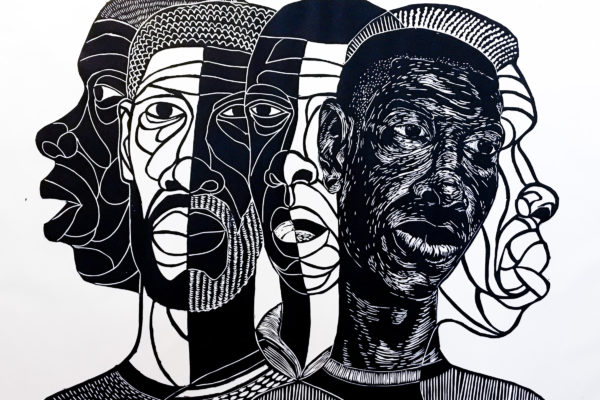Dasha Lebedev made the voyage across the pond from Belarus to Atlanta with her family as a child following the Chernobyl 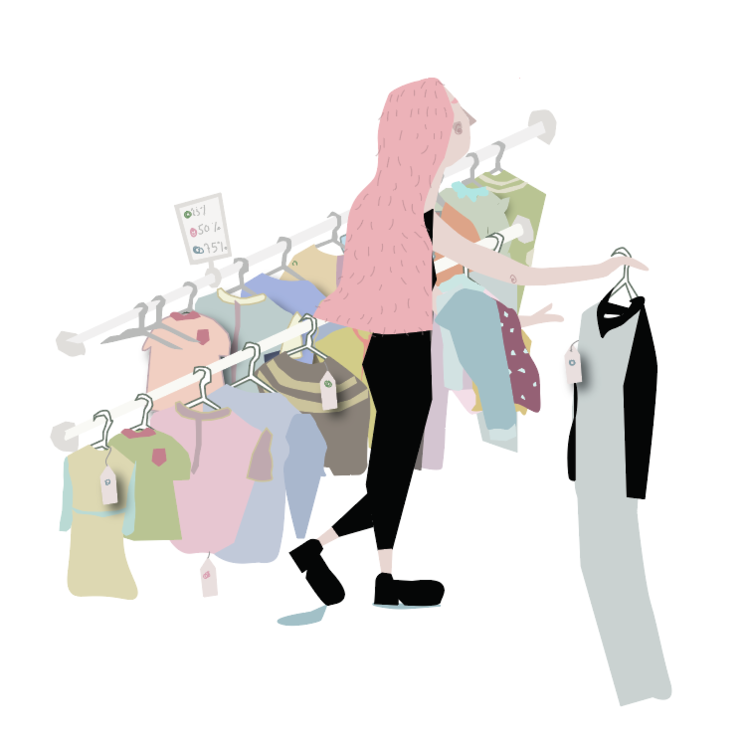 nuclear disaster. Growing up, her family often talked about the war in Ukraine and the dark times of the Soviet Era. Lebedev’s illustrative artwork merges that heritage with her love of fantasy novels. The result is a sense whimsy and darkness on the page that also features, as she says, “the tiniest hint of roughness.”
nuclear disaster. Growing up, her family often talked about the war in Ukraine and the dark times of the Soviet Era. Lebedev’s illustrative artwork merges that heritage with her love of fantasy novels. The result is a sense whimsy and darkness on the page that also features, as she says, “the tiniest hint of roughness.”
After earning her degree in finance from Georgia State University, Lebedev left for New York City to pursue a career that didn’t end up being the right fit. She found herself attracted to local artist markets she visited on the weekends to pass the time. One watercolor set later, Lebedev started tapping into her creative side and found herself at home drawing and designing on her Wacom tablet. She’s now back in Atlanta and, when she’s not at local startup Qoins Technologies (her part-time gig), she’s creating graphic design, illustrations, and single-line drawings.
She’s done work for the Dream Warriors Foundation, University of Georgia, WonderRoot, and other local organizations.
Here, Lebedev talks to CommonCreativ about how she transitioned from the world of finance to illustration, how magic storytelling inspires her work, and merging her love for illustration with UX Design. (We hear there might even be a book soon!)
CommonCreativ: How did you end up in Atlanta?
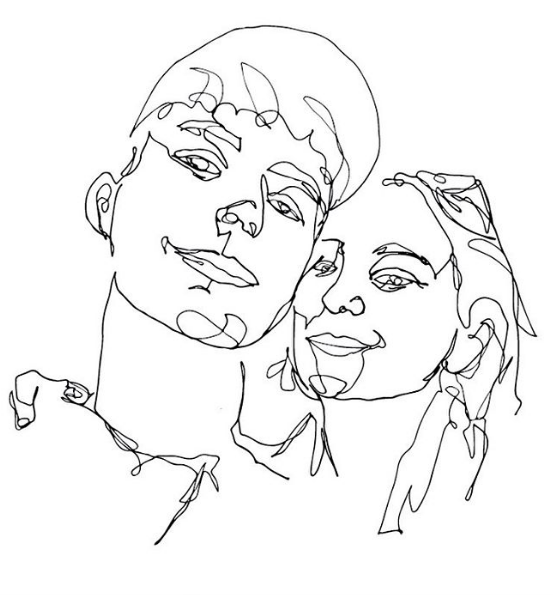 Dasha Lebedev: My family was invited to Atlanta to help treat my mother, who was sick with cancer from Chernobyl radiation. Half of my family, my mom’s full side, ended up moving for the opportunity and have been here ever since. We have built a new life, and my parents absolutely love the suburbs and the chance the U.S. gave me and my sister to excel in life.
Dasha Lebedev: My family was invited to Atlanta to help treat my mother, who was sick with cancer from Chernobyl radiation. Half of my family, my mom’s full side, ended up moving for the opportunity and have been here ever since. We have built a new life, and my parents absolutely love the suburbs and the chance the U.S. gave me and my sister to excel in life.
CC: Have you always been an artist?
DL: I think my very first drawing for fun was when I was in fourth grade. It was a pencil sketch of a hand holding a pencil. I remember a friend’s dad seeing it and being amazed and even tried to submit it to the newspaper for me. I don’t think anything ever happened with that, but I was more focused on sports than being creative for most of my life.
The funny thing is, my sister was always the [artistic], creative one, and now she’s about to be a doctor. We kind of switched roles.
CC: Do your family’s experience and heritage influence your art?
DL: It’s funny: My friends started saying people are attracted to my depressing Soviet roots. And yes, if you see pictures of my family, it’s the typical straight face with no emotions. I feel like any creepy, dark sense you might get from my art comes from the very different household I grew up [in], especially the stories my grandmother tells us of the struggles our family went through during the war. The mood I grew up in helped me love fairytales and come up with my own world when creating stories and artwork.
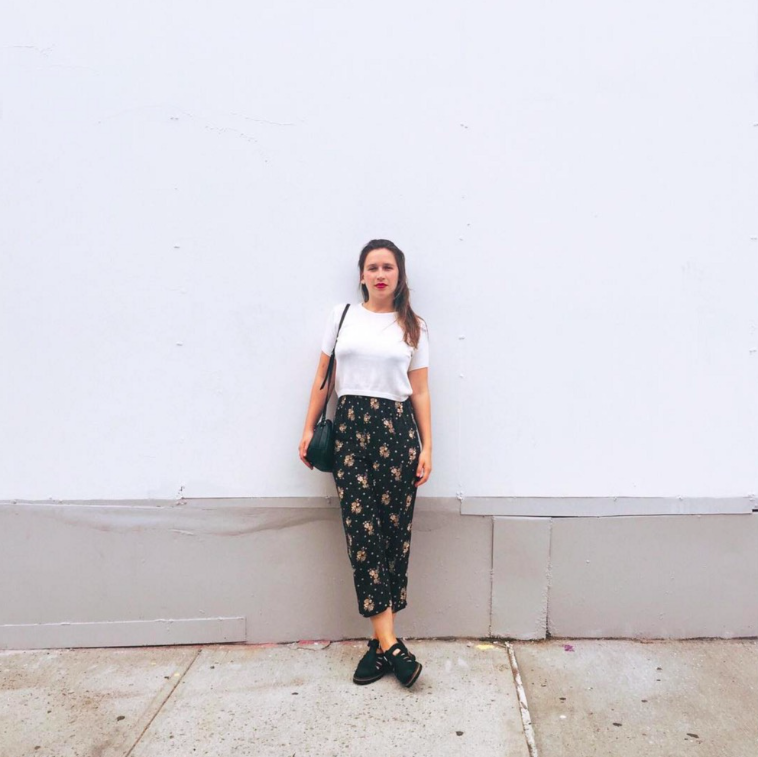
Artist Dasha Lebedev
CC: How did you get into illustration?
DL: I went to GSU and got a BBA in finance. Living in NYC in 2014 really opened my eyes to a more creative world I was never really involved in when living in Atlanta. I was working at a website and really hating it, and also feeling lonely, as I had no idea what to do with myself, so I would visit artist markets every weekend.
Finally, I bought a watercolor set and spent my days painting and experimenting with different mediums. When I moved back to Atlanta, I bought Adobe Suite and taught myself how to use Photoshop and Illustrator. I also went to a Bootcamp [courses] at General Assembly. Somehow it was just so easy for me and made sense, and I haven’t looked back.
CC: How did you develop your signature style and color palette?
DL: This is something I don’t really have an answer to. It must have come from my love of fantasy and Sci-Fi. I have heard several people describe my art as whimsical, which is amazing, and it makes me think of illustrations I’ve seen for some of my favorite books and short stories.
For example, I have always loved the illustrations associated with Neil Gaiman’s work, as well as Roald Dahl. I think those are pretty whimsical. I love thinking of a world of fantasy and creating things that make me think of a magic world. I think my color and style are both kind of unworldly, which gives my work a vibe of whimsy.
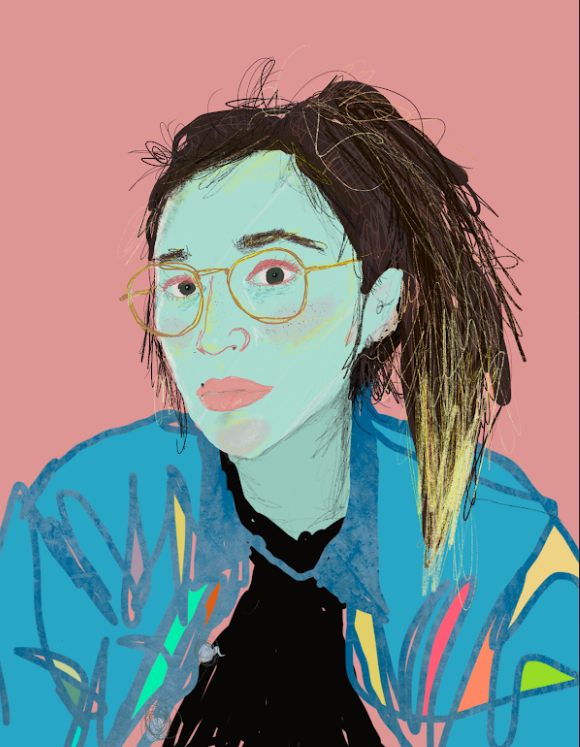 CC: Tell me about your creative process — do you have a studio or do you work from home?
CC: Tell me about your creative process — do you have a studio or do you work from home?
DL: I work from home either on our kitchen table — which is an actual drafting table — or on my actual drafting table in our little home office. My process really just depends on what feelings I’m trying to evoke. Do I want to illustrate with watercolor and pen? Do I want to sketch it out on paper, scan it, and then use Adobe? Do I want to just start using my Wacom tablet and go for it digitally?
It truly just depends on the project and the vision that pops in my head. I can usually decide how I want to tackle it right away once I have an idea of what I think the final image should look like. Lately, I’ve been going straight to my Wacom, not having any drafts or sketches, and just letting my creative juices flow.
CC: What are some of your favorite materials?
DL: I’ve recently been really interested in playing around with more colored pencils and graphite. I really love a messy-scribble look, and I’ve been noticing some of my favorite artists rely on these to convey that quality. Last Christmas I was desperate for some block carving and printing supplies, and I actually got everything I could possibly want. It’s been sitting under my desk ever since, but I’m finally ready and less scared to try it out.
CC: You have a full array of work, from picture books to logo and design. How do you hope people will react to your work?
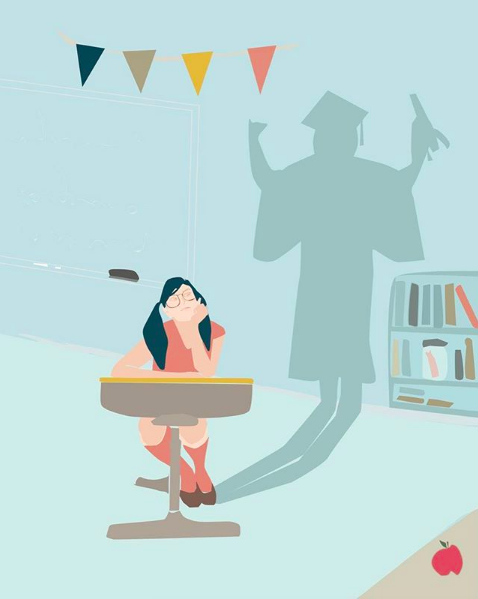 DL: When it comes to my illustrations, I want to display more work where people feel like a kid again, and they are taken into another world where it’s kind of spooky, but also wonderful because anything is possible. I’m afraid I don’t have enough of that in my portfolio now, and I honestly haven’t had the time, but that will change [this year] and I’m super excited.
DL: When it comes to my illustrations, I want to display more work where people feel like a kid again, and they are taken into another world where it’s kind of spooky, but also wonderful because anything is possible. I’m afraid I don’t have enough of that in my portfolio now, and I honestly haven’t had the time, but that will change [this year] and I’m super excited.
Since I do so many different things, I’m trying to find how I can present myself in a way to show the different styles I do. For example, my logo design is a totally different style than my editorial illustrations or what I sell on Etsy. I’m working on it!
CC: What inspires you?
DL: Storytelling, for sure. I feel like my life changed for the better once I started reading my first fantasy book; it brought me out of a depression and I was able to live through characters and have a smile brought to my face based on the author’s words. I feel like I draw to get the same kind of feeling, but I’m actually able to create a narration with my own hands.
CC: How do you promote yourself and your work?
DL: I currently just try to post on Instagram and am learning how to use hashtags for engagement. I also make sure to update my website whenever I can. I have found I have had the most success with posts that I make for myself and don’t worry about what people on social media will think. If people like it, they follow me, and that means more eyes on my work. I’m only trying to dig in and push myself to be seen so I can pick up more freelance work.
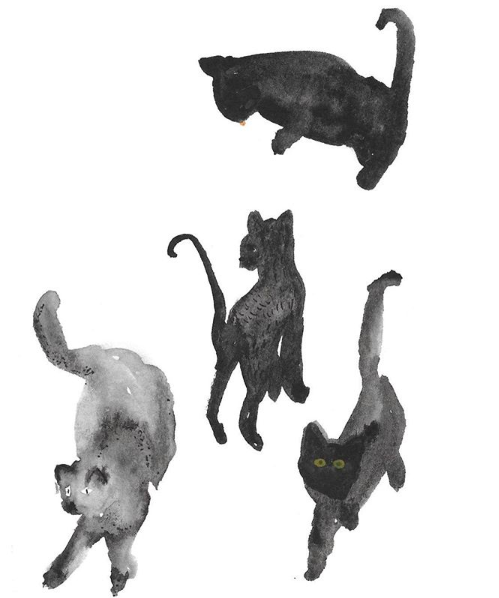 CC: You did a fun collaboration with the Dream Warriors Foundation’s DWF Mag. Do you have any dream collabs with other local artists or organizations?
CC: You did a fun collaboration with the Dream Warriors Foundation’s DWF Mag. Do you have any dream collabs with other local artists or organizations?
DL: I would love to work with a local restaurant with branding or helping create illustrations for a menu (I love Atlanta food). I think Ticonderoga Club and Watchman’s do a good job of partnering with artists to build a great-looking brand. I am excited that I just designed a t-shirt for Monday Night Brewing, which was all done in one line, but I will definitely be looking for my new project and want to implement more of a childish and messy style with ink and watercolors.
CC: What do you think about Atlanta’s creative scene overall?
DL: I think it’s a beautiful thing that a lot of people don’t really know about. I have friends all over the country, and I know for a fact they don’t think anything cool is going on here besides some movies maybe being filmed. If you live in Atlanta on the other hand, you are always reminded of how many creatives we have living here and who are always pushing and challenging each other to continue to make this city known and beautiful.
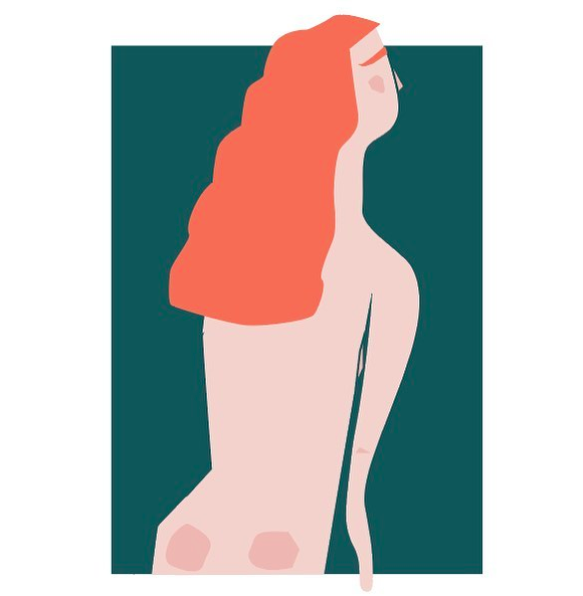 I currently work at Switchyards Downtown Club, and it’s insane just seeing how many creative and talented people are under one roof, and this is just one working space. I am always excited to see what the next art initiative is or mural going up is going to look like. I think it’s growing at an insane rate and really changing the way people interact and relate to each other, it’s pretty amazing.
I currently work at Switchyards Downtown Club, and it’s insane just seeing how many creative and talented people are under one roof, and this is just one working space. I am always excited to see what the next art initiative is or mural going up is going to look like. I think it’s growing at an insane rate and really changing the way people interact and relate to each other, it’s pretty amazing.
CC: What’s next for you?
DL: I’m currently designing some graphics for the local startup I work for part-time, which will give me a lot of artistic freedom, and I am considering taking some UX Design courses at General Assembly. My next big artistic goal is to illustrate and actually publish a new picture book — I’m just waiting for the story. I also have some art you can check out in feature films, including Shaft, Boy Erased, and Super Intelligence.
CC: And finally, why do you make art?
DL: I can create an idea, a story, or a different attitude with my hands when I need a break from the real world.
You can see more of Dasha’s illustration work on her portfolio and Instagram. Her single-line drawings are on her Etsy shop.




